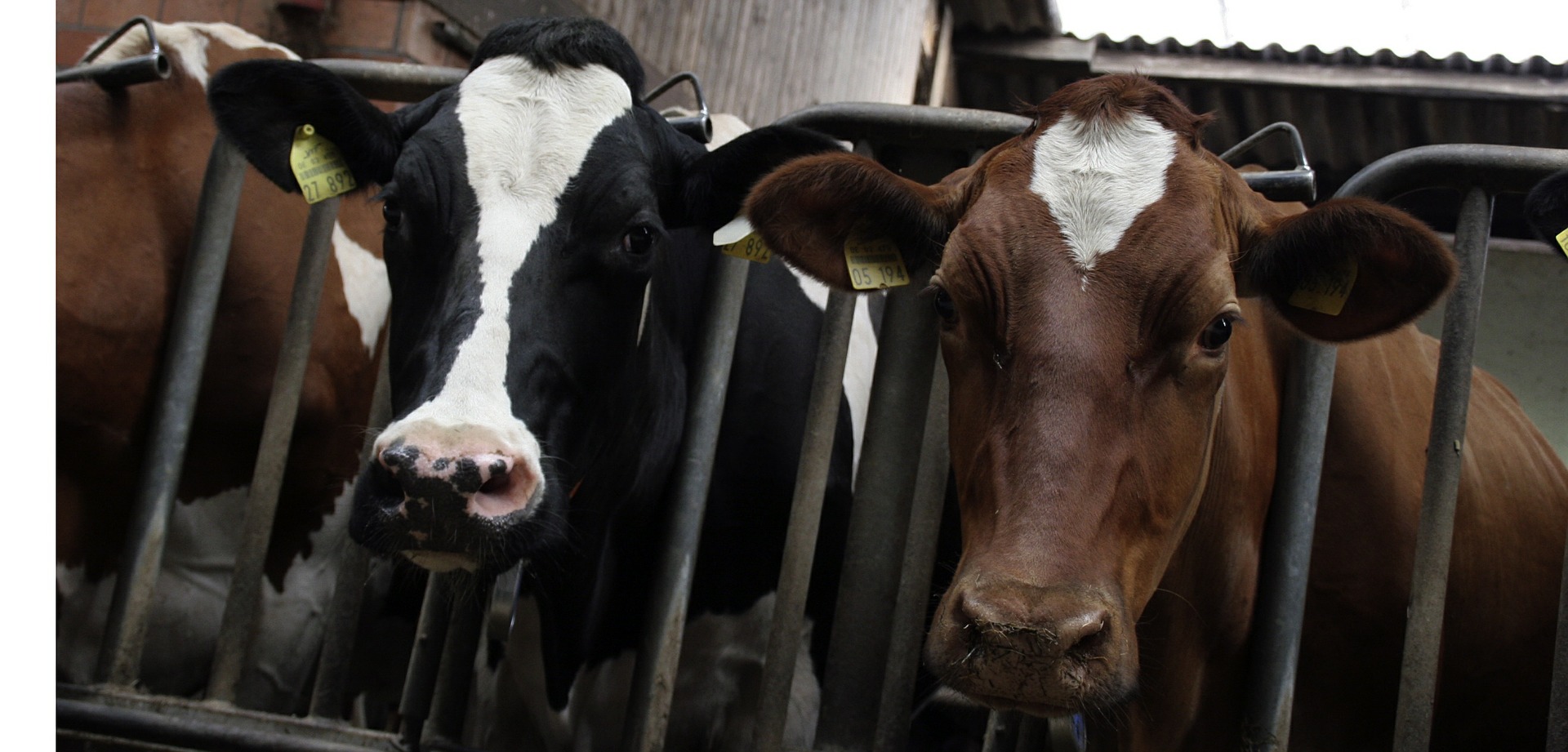USDA is about to spend additional millions to promote the meat industry.

USDA is proposing a new “checkoff” program to allocate additional funds, which can potentially total $160 million, for the promotion and marketing of beef in 2015, as red meat production and sales have declined. This creates a clear conflict of interest as the USDA is also the organization that issues national dietary recommendations.
This comes right after a recent fiasco involving a meat-producing company whose products bear the seal of the USDA stating that they were “humanely raised” and “cage-free.” The reality of how they were raised – each bird gets just two-thirds of a square foot in a windowless shed, bellies of nearly all the chickens have lost their feathers and are raw, angry, red flesh because the ground is covered with ammonia from the excrement of tens of thousands of previous birds which seems to be eating away their feathers and skin and the term “cage-free” is misleading because birds raised for meat are not kept in individual cages anyway, only egg-laying chickens are! As Nicholas Kristof says in his New York Times article, our government SHOULD NOT COLLUDE with industry in fooling the American public.

The US government already spends more than $550 million each year to persuade Americans to consume meat and other animal products. Remember, “Beef. It’s What’s for Dinner”? Those advertisements were sponsored by the beef checkoff program. This is very puzzling to me. Suppose the USDA has the best interest of the Americans in mind. Why are they actively promoting products that hhavebeen shown by research over and over again to promote chronic diseases such as obesity, diabetes (Chiu et al., 2014), cardiovascular disease (Hunnicutt, He, & Xun, 2014), certain types of cancer (Li et al., 2014), osteoporosis and decrease our life span (Larsson & Orsini, 2013)? When most meat eaters claim that eating meat is completely natural and delicious, why must there be advertising to convince people to eat meat? Why would they spend more money to promote the meat industry when the United Nations has stated that “a substantial worldwide diet change, away from animal products,” is necessary to avert the worst environmental impacts? Why haven’t we ever seen any advertisements for kale or cantaloupe, or beans?
We mustn’t underestimate the power of advertising. Are you aware of the “The Broccoli Television Case Study”? A 5-week TV campaign was launched in Canada with the objective to “Prove television advertising works better than ever by increasing the sales and awareness of broccoli; a widely un-liked and unadvertised commodity product owned by no one.” And the result was an 8% increase in year-over-year sales of broccoli in the 15 markets covered. Imagine that with just 5 weeks of advertising?! According to campaign organizers, the 8% increase translated to an extra 188,574 pounds of broccoli sold. Here is one of their advertisements.
The USDA is accepting public comments on the proposed checkoff program until Dec. 10. Please take action right now by submitting your comments to the USDA.
References
Chiu, T., Huang, H.-Y., Chiu, Y.-F., Pan, W.-H., Kao, H.-Y., Chiu, J. P., . . . Lin, C.-L. (2014). Taiwanese Vegetarians and Omnivores: Dietary Composition, Prevalence of Diabetes and IFG. PloS one.
Hunnicutt, J., He, K., & Xun, P. (2014). Dietary iron intake and body iron stores are associated with risk of coronary heart disease in a meta-analysis of prospective cohort studies. The Journal of nutrition.
Larsson, S. C., & Orsini, N. (2013). Red meat and processed meat consumption and all-cause mortality: a meta-analysis. American journal of epidemiology.
Li, F., An, S., Hou, L., Chen, P., Lei, C., & Tan, W. (2014). Red and processed meat intake and risk of bladder cancer. International journal of clinical and experimental medicine.